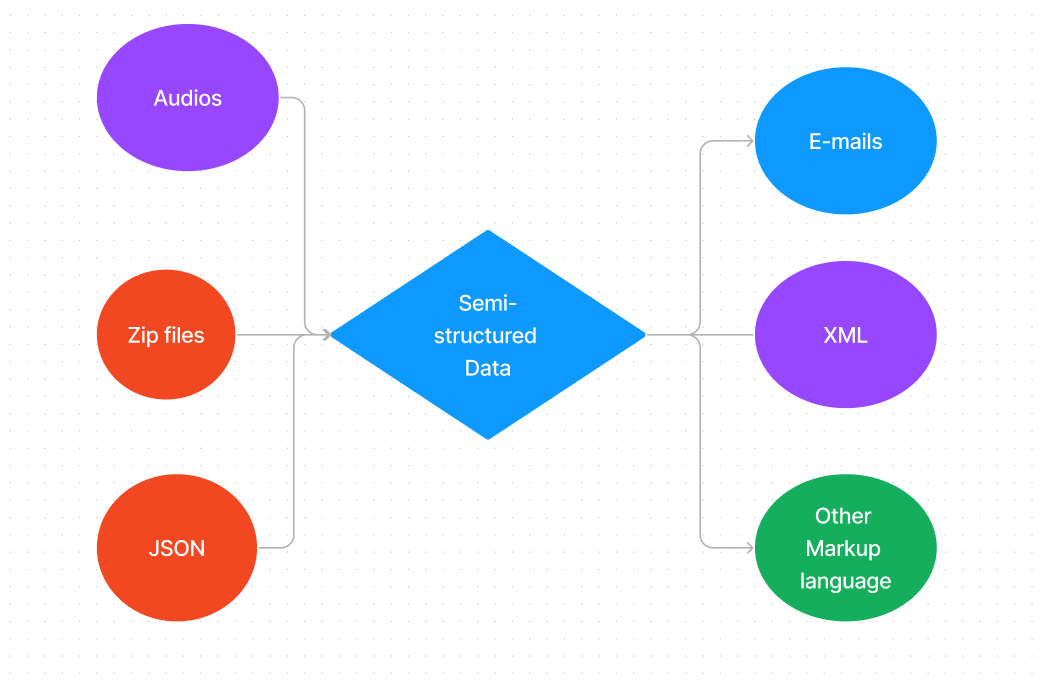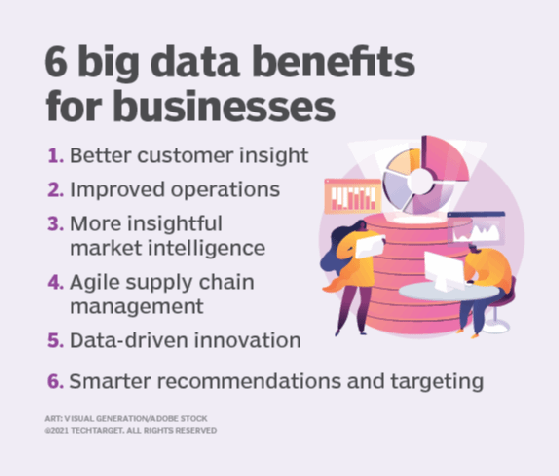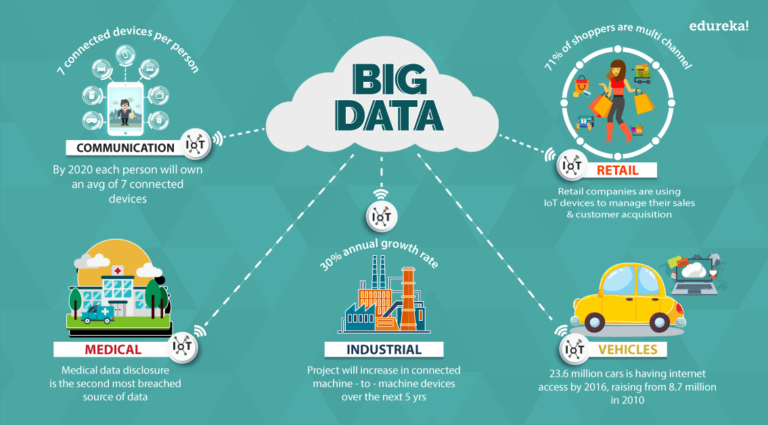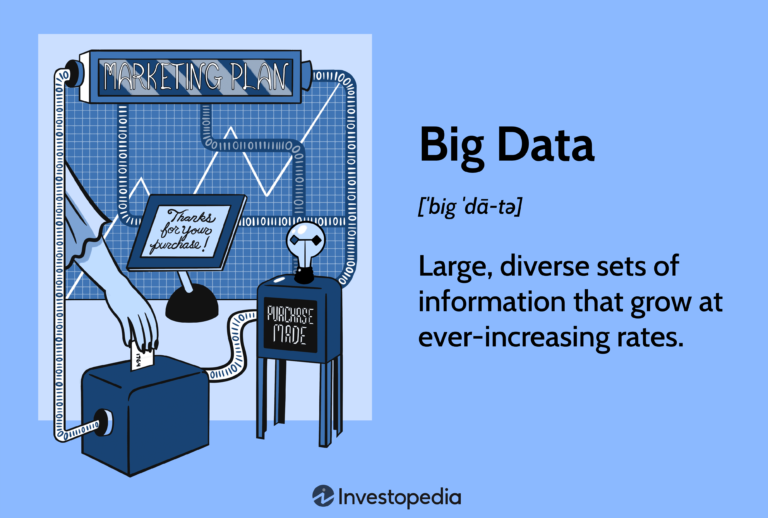What Are The 3 Types Of Big Data?
Big Data is a term used to refer to the ever-growing volume of digital data and the advanced technologies used to process and store it. It is used to analyze the data quickly and make decisions that can lead to improved business outcomes. There are three main types of Big Data: structured, semi-structured, and unstructured. Structured data is data that is organized into a fixed format, usually in a traditional database. Semi-structured data is data that is structured with some flexibility, such as XML or JSON. Unstructured data is data that is not organized in any way, such as images, audio, or video. Big Data can be used to improve customer service, reduce costs, and optimize operational processes.
Definition of Big Data
Big Data refers to the large, complex datasets that are often used to predict trends, make decisions, and analyze customer behavior. It is a powerful tool for businesses and organizations to gain insights into customer behavior, market trends, and the performance of their operations. The data itself can be structured, unstructured, or semi-structured. Examples of Big Data include website traffic, social media activity, customer purchase records, and financial data. Big Data can be used to detect patterns, forecast trends, and make data-driven decisions. By leveraging Big Data, businesses can gain a better understanding of their customers, products, and operations, and make smarter decisions that drive growth.
Characteristics of Big Data
Big Data is a term used to describe datasets that are so large and complex that traditional data processing techniques are inadequate to properly analyze them. Characteristics of Big Data include its volume, velocity, variety, veracity, and value. Volume refers to the amount of data that is collected; velocity refers to the speed at which data is collected and processed; variety refers to the different types of data; veracity refers to the accuracy and completeness of the data; and value refers to the meaningful insights that can be gained from the data. Big Data can provide tremendous insights into trends and patterns that can be used to drive innovation, optimize operations, and personalize customer engagement.
Types of Big Data
Big Data is a term used to describe the large and complex data sets that are generated by organizations today. It is generated from various sources such as weblogs, social media, sensor data, and machine-to-machine communication. Big Data can be divided into four main categories: Structured Data, Semi-structured Data, Unstructured Data, and Streaming Data. Structured Data is information that is organized in a fixed format and is easily searchable. Semi-structured Data is information that is not organized in a fixed format but still contains tags or other types of markers. Unstructured Data is data that is not organized at all, and it is the most difficult to analyze. Streaming Data is data that is generated in real time and needs to be analyzed quickly. Big Data can help organizations gain valuable insights into their operations and make better decisions. It can also help them identify trends and patterns as well as uncover new opportunities. Big Data can be a powerful tool when used correctly.
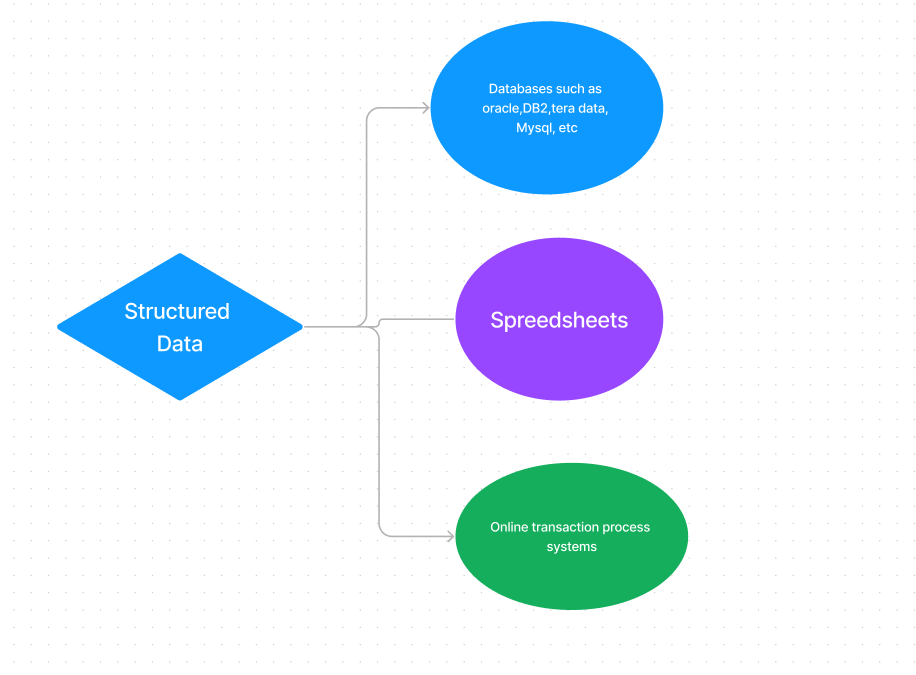
How Big Data is Used
Big Data is a term used to describe the immense volume of data that is generated by individuals, businesses and organizations on a daily basis. It is a collection of large and complex datasets that are difficult to process using traditional computing techniques. Companies across a variety of sectors are beginning to leverage the power of Big Data to gain insights into their businesses. By utilizing cutting-edge technologies such as machine learning, artificial intelligence, and predictive analytics, businesses are able to analyze vast amounts of data in order to identify patterns, trends, and correlations that can be used to improve processes, products, and services. Big Data can help companies make more informed decisions, increase operational efficiency, and better understand customer behavior. Additionally, Big Data can be used for a variety of other purposes, including fraud detection, supply chain optimization, and market research.
Benefits of Big Data
Big data is a powerful tool that can provide valuable insights to help businesses make informed decisions. By leveraging large amounts of data, businesses can better understand their customers, identify patterns and trends, and optimize processes. With the proper analysis, big data can help businesses reduce costs, improve customer service, and develop innovative products and services. Additionally, the use of big data can help businesses better identify and target potential customers, optimize marketing campaigns, and improve customer retention. Ultimately, big data can help businesses uncover hidden opportunities and uncover new revenue streams.
Challenges of Big Data
Big Data is a term used to describe a large and complex volume of data that is too large and complex to be analyzed with traditional data-processing techniques. The Challenges of Big Data include storage, processing, and analysis of the data. Storage of Big Data requires large and complex databases that can store the data and allow quick access to the data. Processing of Big Data requires powerful computing systems with large memory and storage capabilities to analyze the data. Analyzing Big Data requires sophisticated algorithms and techniques to identify patterns, trends, and correlations within the data. With the ever-increasing amount of data being generated, the Challenges of Big Data will continue to grow. To ensure the successful use of Big Data, organizations need to develop and implement solutions that can effectively store, process, and analyze the data.
FAQs About the What Are The 3 Types Of Big Data?
Q1: What are the three types of big data?
A1: The three main types of big data are structured data, unstructured data, and semi-structured data. Structured data is data that is stored in a tabular format, such as a database or spreadsheet. Unstructured data is data that is not organized in a regular format, such as emails, documents, audio, or video. Semi-structured data is data that is partially organized, such as XML files.
Q2: How is big data used?
A2: Big data is used to gain insights that can help drive business decisions, inform product development, and create more efficient processes. By leveraging the vast amounts of data available, businesses can gain insights into customer behavior, market trends, and more.
Q3: What are the benefits of using big data?
A3: Big data can help businesses make better decisions, increase efficiency, and improve customer experience. Additionally, big data can be used to create predictive analytics, which can help businesses anticipate customer needs and plan accordingly.
Conclusion
In conclusion, Big Data is an ever-evolving field of technology that is beneficial to many businesses and organizations. There are three main types of Big Data: Structured Data, Semi-Structured Data, and Unstructured Data. Each type of data offers unique advantages and requires different approaches when analyzing and managing them. With the help of Big Data, organizations can gain valuable insights and make decisions that can help them succeed.
